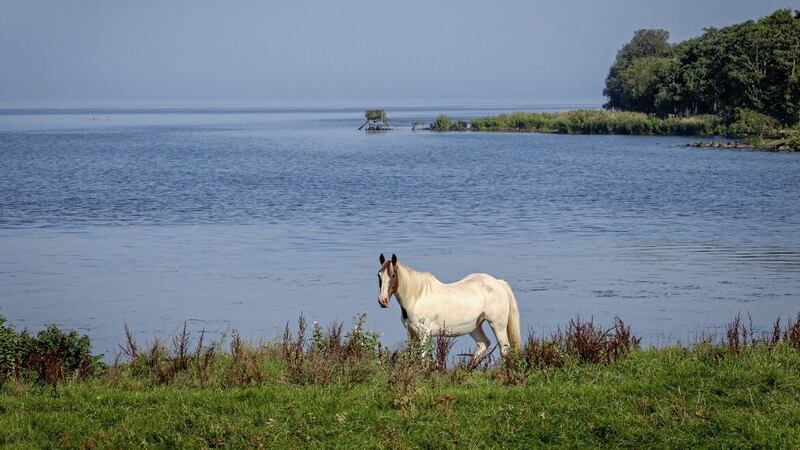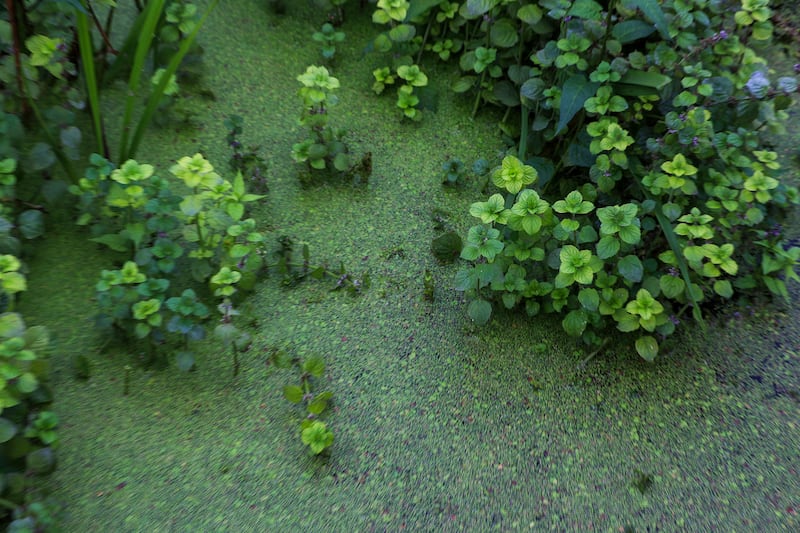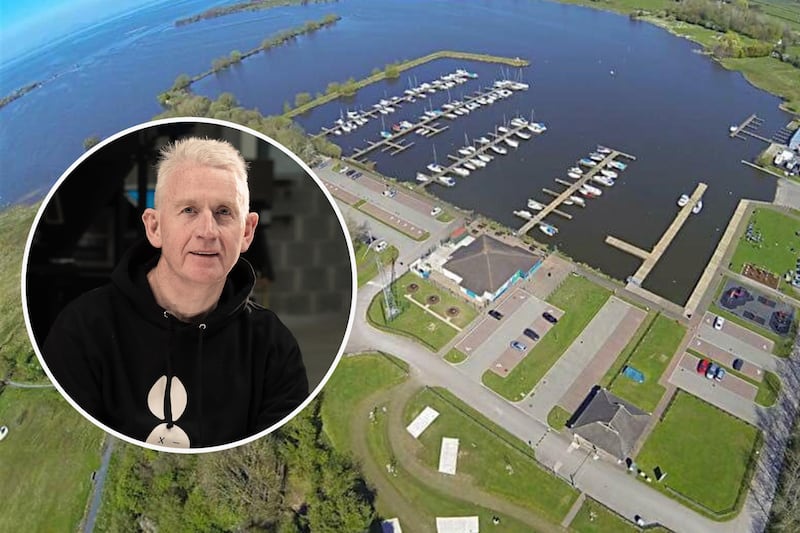It could take Lough Neagh more than two decades to return to a 'good' ecological status a Stormont environment agency has warned.
The dire warning comes after potentially dangerous algal blooms were detected along various parts of Lough Neagh's shoreline over recent weeks.
The presence of potentially dangerous blue-green algae has prompted some local councils to put up warning signs in public places.
Harmful blooms have been linked to the deaths of several dogs.
Normally not visible in the water, warm weather conditions can result in a rapid increase in the growth algal blooms.
The presence of blue-green algae has been confirmed at Rea’s Wood, Cranfield and Toome in Co Antrim, Ballyronan in Co Derry, Battery Harbour, Washing Bay and Castle Bay in Co Tyrone.
Read More
[ : Toxic algae blamed for dog deaths in Co FermanaghOpens in new window ]
Warning for children and pets to stay away from Lough Neagh following deaths of two dogs
Fresh details about the blooms were revealed in a recent letter from the Northern Ireland Environment Agency (NIEA) to SDLP Mid Ulster assembly member Patsy McGlone.
"The blooms are often exacerbated by an excess of nutrients, and higher concentrations of these nutrients in the water can cause increased growth of algae and aquatic plants, therefore before effective mitigation can be put in place the reasons behind the algae blooms need to be determined," the agency explained.
It added that little can be done to combat the problem.
"Due to the transient nature and natural occurrence of algae, it is not practically feasible to treat a waterbody such as Lough Neagh," the letter stated.
The correspondence also revealed that the "most recent assessment of water quality status published in 2021 showed that Lough Neagh is at ‘bad’ ecological status.
Officials say measures to address sources of nutrient pollution have been outlined in the Department of Agriculture, Environment and Rural Affairs (DAERA) draft management plan.
"It should be noted however that many lakes including Lough Neagh are subject to a phenomenon called internal loading whereby nutrients are stored in the lake sediment and released into the water column," the agency wrote.
"This means that it can take a lake many years to recover even when all inputs from the catchment have been reduced."
Significantly, the letter confirms it could take decades for Lough Neagh to recover.
"Recent research by colleagues in Agri-food and Biosciences Institute have estimated that if nutrient inputs into Lough Neagh were reduced, it would take 21 years for the Lough to achieve ‘good’ status," the NIEA revealed.
Mr McGlone said people who live around Lough Neagh are concerned by recent environmental changes.
“I’ve been approached by fishermen, pet owners, boat owners and members of the general public who are very concerned about changes in Lough Neagh and harm to the environment," he said.
"I’ve received the reply from DAERA but I’ve requested a further follow-up meeting to discuss in depth what’s happening to the lough and what can be done to remedy these problems.”








